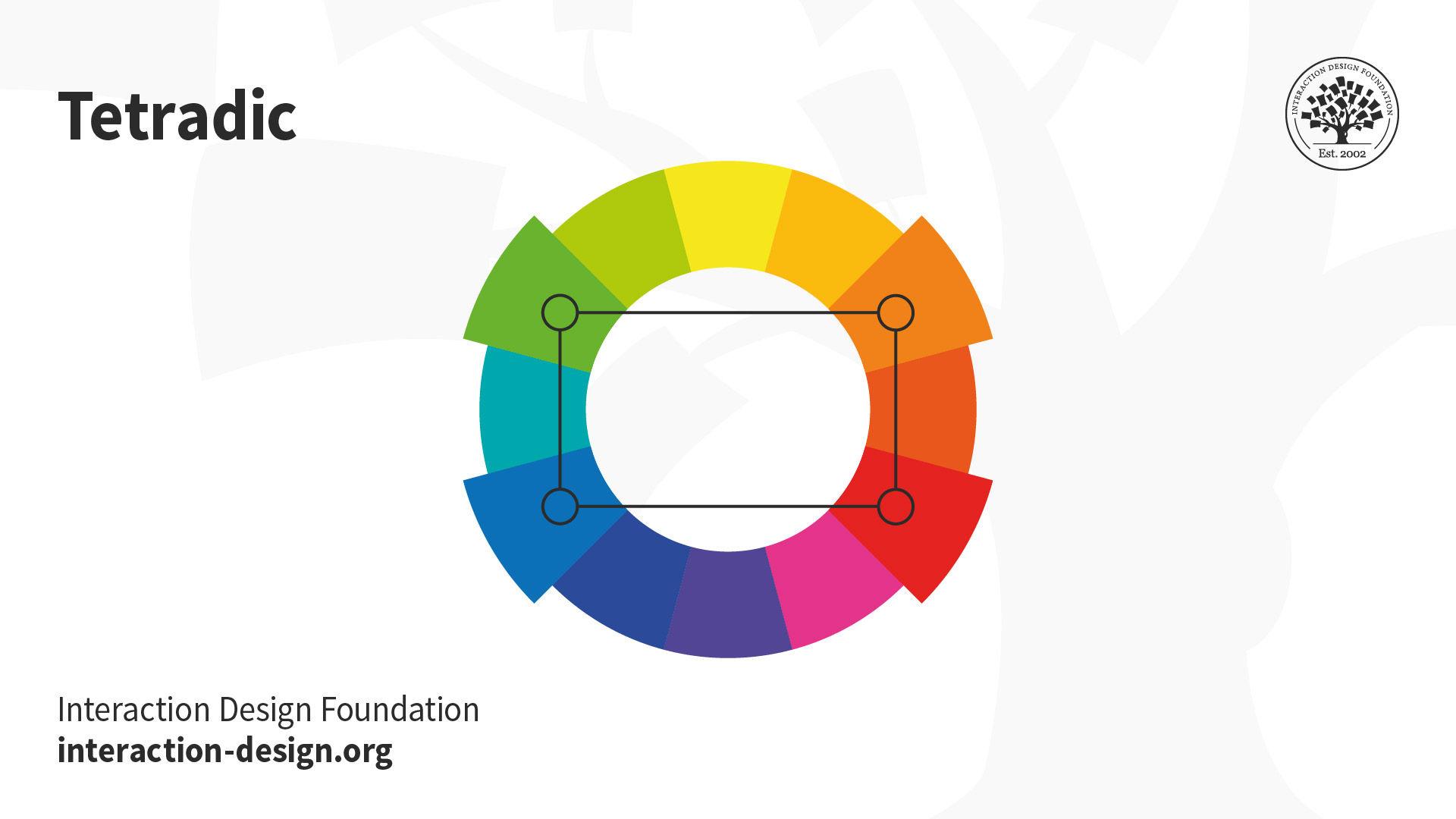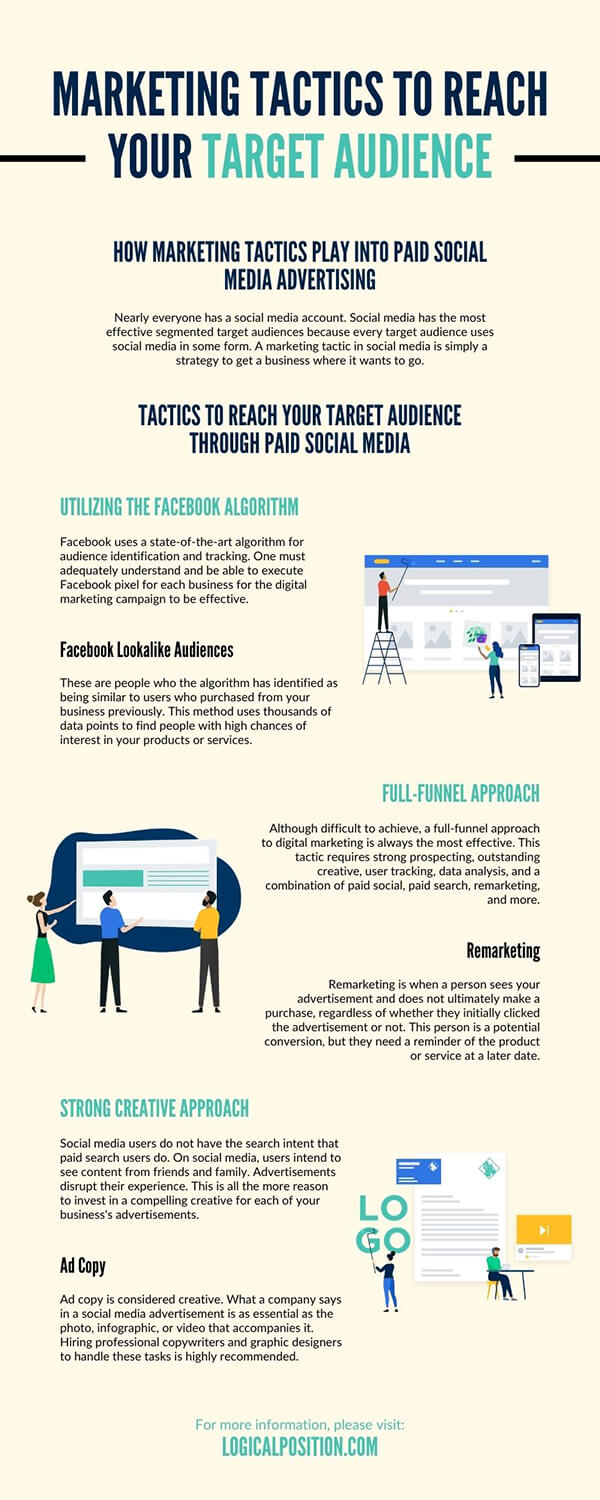
We’ve all been there – staring at a blank canvas, trying to pick the perfect colors for our logo design like we’re choosing the right wine to pair with our cheese. But fear not, dear readers, for we are here to guide you through the treacherous world of color selection with a healthy dose of humor and a sprinkle of sass. So grab your color wheel and let’s embark on this colorful journey together. Because let’s face it, life is too short for boring logos. Let’s make yours pop like a unicorn on a rainbow.
Understanding Color Psychology
Color psychology is an intriguing field of study that delves into the mysterious ways colors affect our emotions and behaviors. From calming blues to energizing reds, the colors we surround ourselves with can have a significant impact on our daily lives.
- Red: Known for evoking passion and excitement, red is a bold color that demands attention. It’s no wonder why this color is often used in marketing campaigns to grab the viewer’s eye.
- Blue: When you think of blue, you may think of calmness and serenity. This color is perfect for creating a relaxing environment, perfect for unwinding after a long day.
- Yellow: Bright and cheerful, yellow is associated with happiness and positivity. It’s no surprise that yellow is often used in products aimed at lifting spirits.
can be incredibly beneficial when designing a space or creating a brand identity. By carefully selecting the right colors, you can evoke the desired emotional response from those who interact with your design.
Consider Your Brand Personality
Who knew brands could have personalities? Well, they do, and it’s crucial to when creating content! Think of your brand as having its own unique quirks and characteristics that set it apart from the competition.
When considering your brand personality, you want to make sure it aligns with your target audience. Are you trying to appeal to adventurous millennials? Maybe your brand personality is bold and edgy. Are you catering to busy moms? Perhaps your brand personality is friendly and relatable.
Here are a few things to consider when defining your brand personality:
- Voice: How does your brand speak to your audience? Is it professional and formal, or casual and conversational?
- Values: What does your brand stand for? Incorporate your values into your content to connect with your audience on a deeper level.
- Visuals: The colors, fonts, and images you use should reflect your brand personality. Make sure your visual elements match the tone you’re trying to convey.
Remember, a strong brand personality can help you stand out in a crowded marketplace and build a loyal following. So, don’t be afraid to let your brand’s unique personality shine through in your content!

Thinking About Target Audience
When thinking about your target audience, it’s essential to consider who they are and what makes them tick. Think of them as your virtual friends who you want to impress with your content. Here are a few things to keep in mind:
- **Demographics:** Are they millennials who spend all day on TikTok, or are they boomers who still don’t quite understand how to use email properly?
- **Interests:** Do they love cats, coffee, or conspiracy theories? Tailor your content accordingly to capture their attention.
- **Pain Points:** What keeps them up at night? Maybe they can’t stop thinking about how they accidentally liked their ex’s post from three years ago. Use this to your advantage.
Remember, your target audience is not just a faceless crowd of strangers on the internet. They are real people with real feelings (well, most of the time). So, take the time to get to know them and cater to their interests. And hey, who knows, you might even make a few new virtual friends along the way!

Exploring Different Color Combinations
Who knew that combining colors could be such a wild ride? The possibilities are endless and the results can sometimes be… interesting, to say the least. Let’s dive into the world of color combinations and see what unexpected gems we can unearth!
Ever thought about pairing red with pink? It might sound like a fashion faux pas, but trust me, it can actually create a bold and daring look that will turn heads. Who says these colors can’t get along? They’re like the odd couple of the color wheel.
Or how about mixing orange with purple? Sure, it sounds like a clash waiting to happen, but when done right, this combo can create a vibrant and eye-catching ensemble that screams “I have no fear when it comes to fashion!” Embrace the unexpected, my friends.
And let’s not forget the classic pairing of blue and green. These two colors may seem like they were meant to be together, creating a harmonious and calming vibe that will make you feel like you’re on a tropical island getaway. Who needs a vacation when you’ve got the perfect color combination?

Testing Different Shades and Tones
Today, we are going on a rollercoaster ride of color exploration! I mean, who knew there were so many shades and tones out there just waiting to be swiped on a piece of paper or a canvas?
First up, we have the classic age-old debate: Is that color blue or purple? I mean, seriously, it’s like the dress all over again. But fear not, we are here to settle this once and for all! Well, at least until we switch the lighting and it looks completely different again.
Next, let’s delve into the world of pastels. Ah, the soft, subtle hues that make everything look like a Pinterest board come to life. Who knew that a dash of pink mixed with a hint of yellow could create such a soothing color palette? Honestly, I could stare at pastels all day and feel instantly calmer. It’s like taking a visual Xanax, am I right?
And let’s not forget about the darker tones that lurk in the shadows, waiting to be unleashed. From moody purples to mysterious blacks, these shades are not for the faint of heart. They’re like that mysterious stranger you can’t help but be intrigued by, even though you know they’re probably bad news.
Using Color to Evoke Emotions
When it comes to evoking emotions through color, it’s like being a wizard casting spells with your paintbrush. Different colors have the power to make people feel all sorts of things, whether it’s excitement, calmness, or even hunger (looking at you, McDonald’s red and yellow combo).
Think of red as the color of passion and intensity. It’s like adding a splash of hot sauce to your design palette. You can use it to grab attention or convey a sense of urgency. Just be careful not to overdo it unless you want everyone to feel like they’re in an emergency room or at a fiery salsa dancing competition.
On the other hand, blue is like a cool breeze on a hot summer day. It’s the color of serenity and trustworthiness. Want to create a sense of calm or professionalism? Blue’s got your back. Plus, who wouldn’t feel a little more zen surrounded by a calming ocean of blue hues?
And let’s not forget about the quirky cousin of the color wheel – yellow. This vibrant shade is like a burst of sunshine on a rainy day. It’s cheerful, optimistic, and sure to brighten anyone’s mood. Just don’t go too wild with it unless you want your design to look like a kindergarten classroom exploded with finger paints.
Ensuring Versatility and Timelessness
Are you tired of constantly buying new products to keep up with the latest trends? Do you find yourself overwhelmed by the constant changes in fashion and design? Well, fear not my friends! We have the solution for you – versatility and timelessness.
By investing in versatile and timeless pieces, you can finally let out a sigh of relief knowing that you won’t have to run to the store every time a new trend pops up. These pieces are like the holy grail of fashion – they never go out of style and can be easily mixed and matched with other items in your wardrobe.
Imagine a world where you don’t have to stress about what to wear because you have a closet full of pieces that can be worn in a variety of ways. From a classic white button-down shirt that can be dressed up or down, to a versatile black dress that can be worn to a fancy event or a casual outing – the possibilities are endless!
So next time you’re tempted to buy that neon green leopard print jumpsuit (yes, that’s a thing), just remember the power of versatility and timelessness. Your wallet and your sanity will thank you.
FAQs
What should I consider when choosing colors for my logo design?
Consider the emotions and associations that different colors evoke. Think about your target audience and what will resonate with them. Also, consider the industry your business is in and what colors are commonly used in that industry.
Can I just choose my favorite color for my logo?
Sure, you can choose your favorite color for your logo, but make sure it aligns with your brand’s message and target audience. You don’t want your love for neon pink to clash with your business as a funeral home.
Should I stick to just one color or use a combination?
Using a combination of colors can add depth and interest to your logo. Just make sure the colors complement each other and don’t overwhelm or distract from the overall design.
How can I ensure my logo looks good in both color and black and white?
Choose colors that have enough contrast to still be distinguishable in black and white. Test your logo in grayscale to see how it holds up without color.
What are some common color combinations for logos?
Some classic color combinations include black and white for a sleek and modern look, blue and white for a clean and professional feel, and red and yellow for a bold and eye-catching design.
Is there a rule of thumb for how many colors to use in a logo?
As a general rule, it’s best to keep it simple and stick to 2-3 colors in your logo. Too many colors can make your logo look busy and overwhelming.
Farewell, Color Connoisseurs
Thanks for joining us on this chromatic journey through the world of logo design! We hope you’ve been enlightened on the importance of choosing the perfect colors to make your brand stand out. Remember, when in doubt, just think “ROY G BIV” and you’ll be on your way to creating a logo that pops like a rainbow on a sunny day. Until next time, happy designing! 🎨🌈









